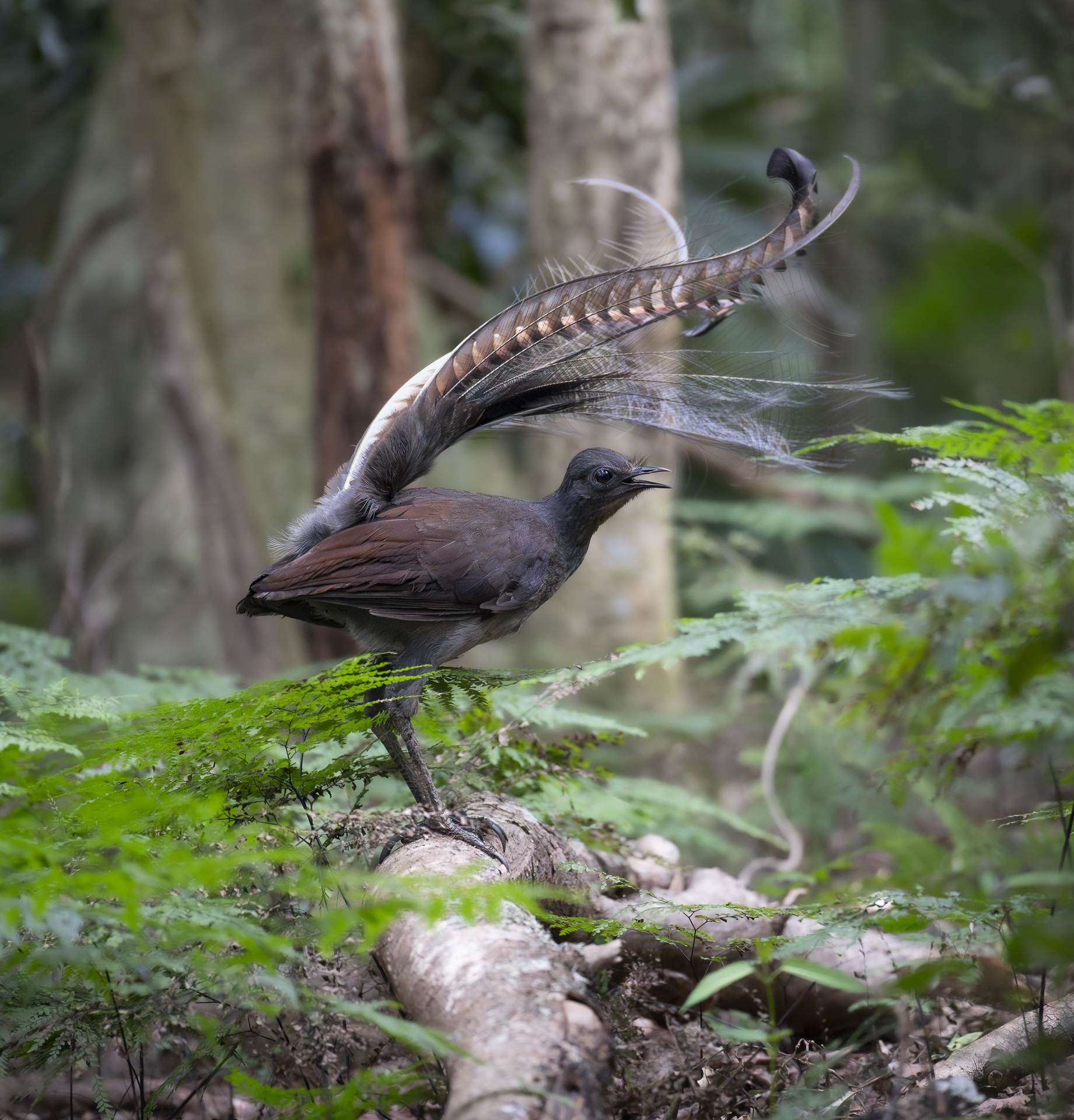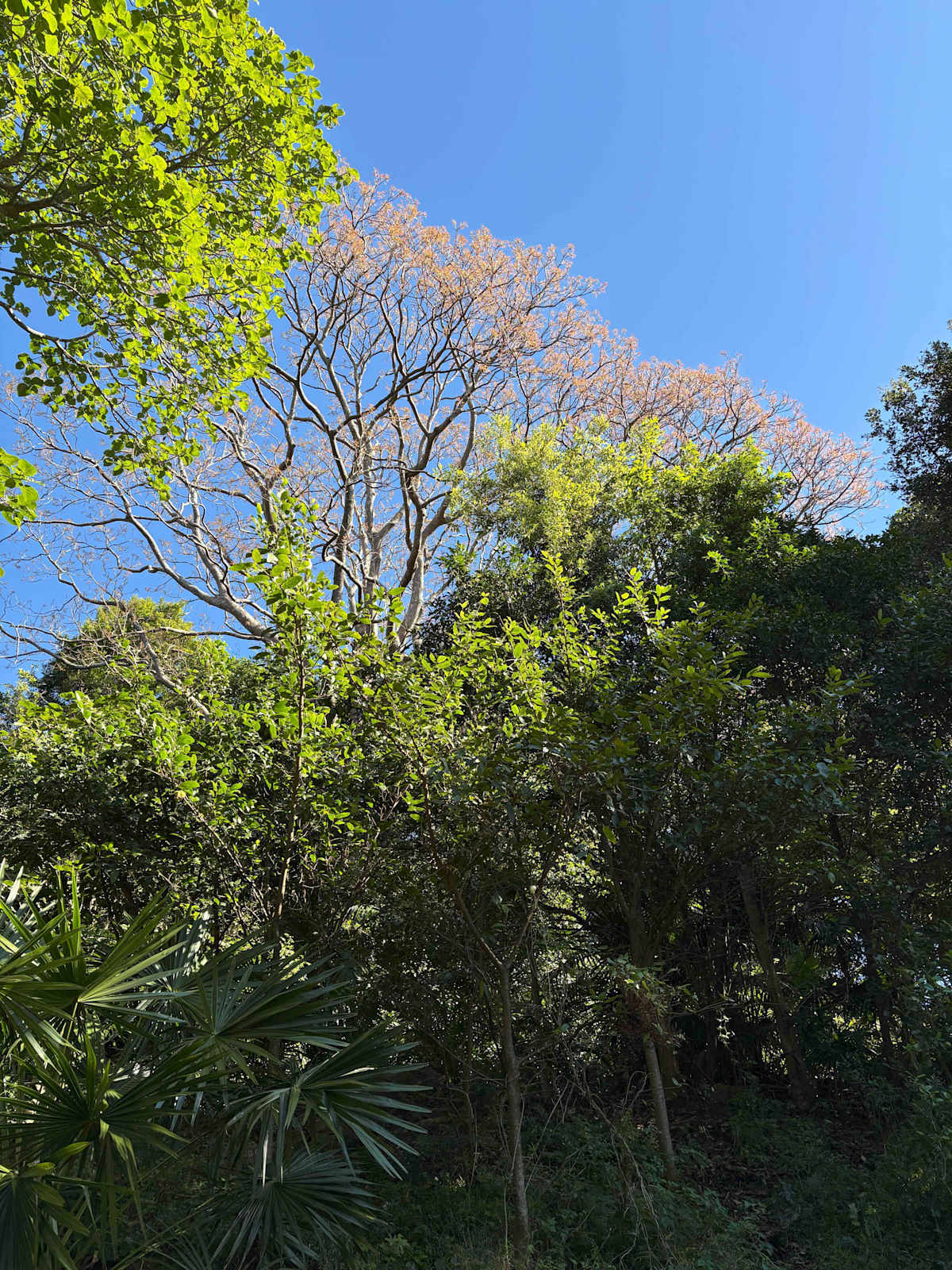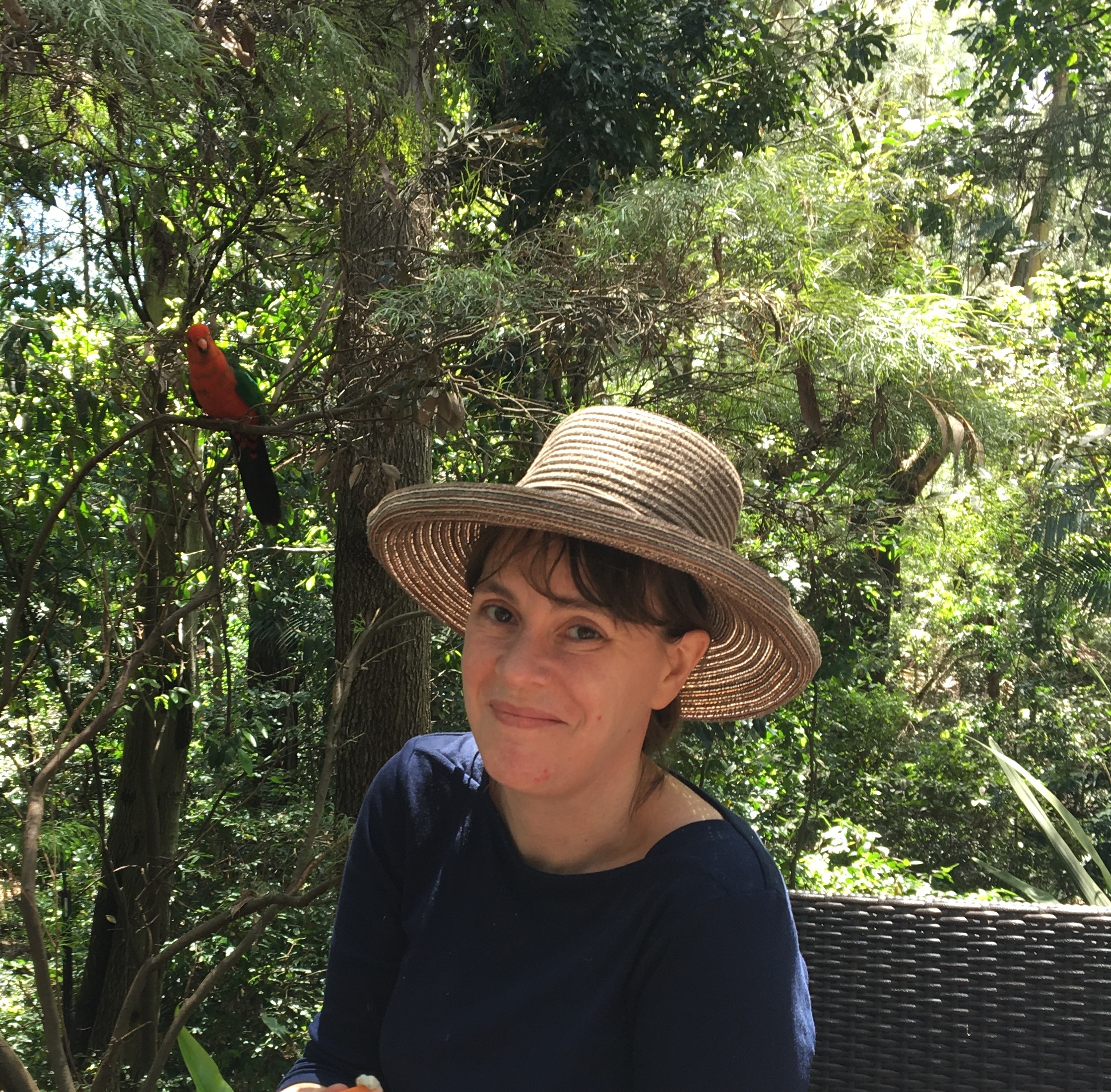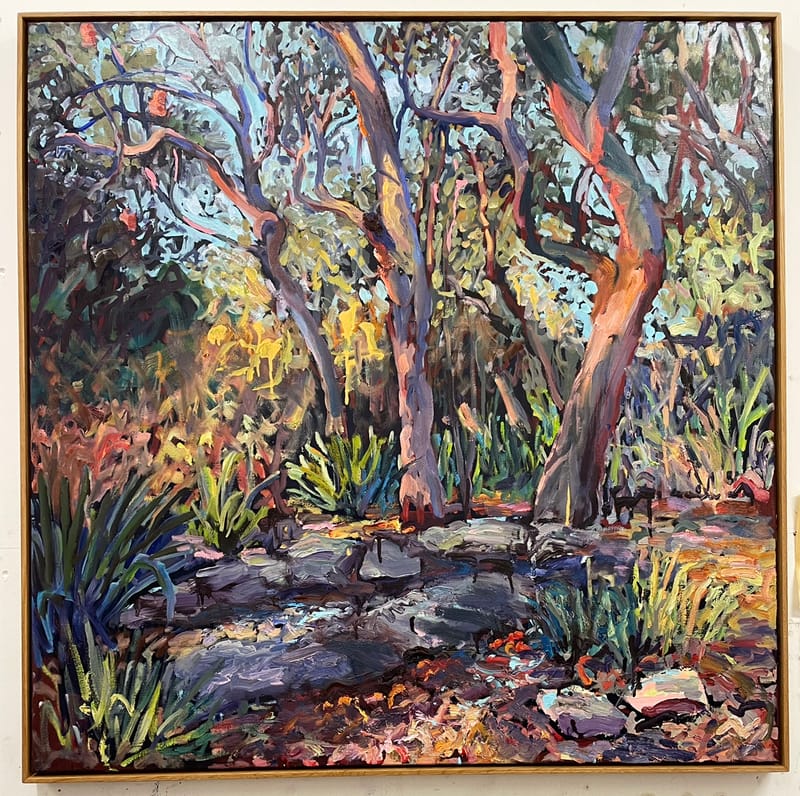What are the trees telling us?
It's that time of year when the days start getting longer, though not really warmer, and all sorts of flowers start to appear. Frances Bodkin's compilation of a Dharawal seasonal calendar says this period is known as Wiritjiribin, after the Superb...
It's that time of year when the days start getting longer, though not really warmer, and all sorts of flowers start to appear.
Frances Bodkin's compilation of a Dharawal seasonal calendar says this time is known as Wiritjiribin, after the Superb Lyrebird (Menura novaehollandiae), which begin their courting and mating. And indeed, the male Lyrebirds are out displaying on their specially constructed mounds in the rainforest, and on prominent fallen logs and rocks, and the females are coming to take a look.

Plants are also indicators of seasonal change. It's very noticeable in Illawarra when the giant Red Cedars (Toona ciliata) unfurl their colourful new leaves, the Coachwoods (Ceratopetalum apetalum) are flowering, or the Cabbage Tree or Dharawal Palms (Livistona australis) put out their extraordinary long blond inflorescences (flower spikes).
Looking at the escarpment from the coastal plain, these changes can be very prominent. Right now, the Cabbage Tree/Dharawal Palm inflorescences are emerging, and can be seen as whitish-yellow blobs on the escarpment, while the Red Cedar leaves are not yet easily picked out.


The Cabbage Tree/Dharawal Palm may flower anywhere between late winter and mid-summer. So it's not particularly surprising to see it in flower now. But some plants in flower now are a bit of a surprise.
Many plants tend to flower at a particular time of year, and that time seems to be changing with the progress of climate change.
I wrote a couple of years back about the early flowering of NSW Christmas Bush (Ceratopetalum gummiferum), which was tracking a couple of weeks earlier than usual. This time last year, the NSW Christmas Bush in our garden already had flower buds in the first week of August. And it's the same this year, buds are already present. We can expect the red flush to come early again this year too, though factors such as temperature and rainfall over the next few weeks will also have an influence.
While July was Australia's second-coldest July for 10 years, it was still significantly warmer than the longer-term average.
If you're interested in following the impact of climate change on local plants and animals, there's a dedicated citizen-science-based research project called Climate Watch, from the Earthwatch Institute, that allows you to record details of dozens of 'indicator' species, and contribute to mapping how they are changing in response to warmer temperatures and other variables.
Local species that you can monitor include the NSW Christmas Bush (Ceratopetalum gummiferum), White Cedar (Melia azedarach) and, of course, the Illawarra Flame Tree (Brachychiton acerifolius).
You can also follow native birds such as the Australian Magpie, Eastern Spinebill and Fan-tailed Cuckoo.
It's easy to contribute, particularly if the plants are nearby. It won't turn back climate change (we all need to do our bit to get to zero emissions as quickly as possible) but it will help build scientists' understanding of climate change's impact and potentially help with adaptation.
Sources
- Falster, Gallagher et al (2021) AusTraits, a curated plant trait database for the Australian flora. Scientific Data 8: 254
- Atlas of Living Australia, Livistona australis, online, viewed 12 August 2025.





